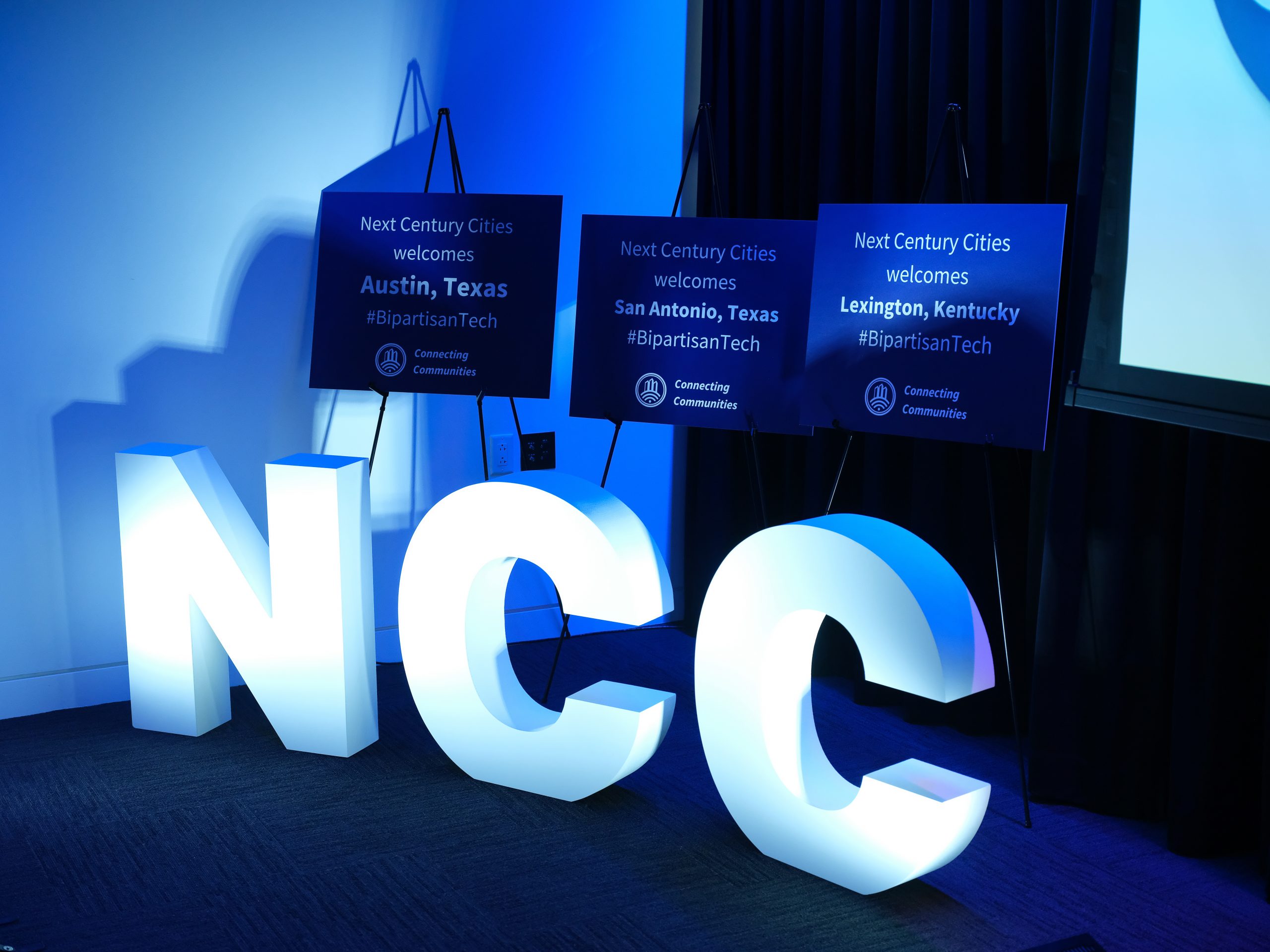By Stacey Baxter

It is widely known that community anchor institutions, including schools and libraries, provide essential broadband services for residents who lack reliable access at home. They are indispensable resources for providing Internet access in the same way that Core Service Agencies (CSA) connect residents to resources for health and wellness. Although both target the unserved and underserved populations that Broadband Equity, Access, and Deployment (BEAD) and Digital Equity grant programs were designed to support, CSAs are frequently left out of local outreach strategies.
As states develop their community engagement plans, they should develop partnerships with CSAs much like they request input from – and work alongside – anchor institutions. Doing so would ensure that historic one-time investments in broadband have a far-reaching impact on communities with the greatest need.
National Telecommunications and Information Administration (NTIA) is allocating $42.5 billion in broadband funding for the 50 states and U.S. territories. Funds coming from the long-awaited BEAD program will allow states to make significant inroads in closing the digital divide. State-level BEAD and Digital Equity plans will outline initiatives that range from expanding broadband access to improving device access for disadvantaged populations. Each state must meet minimum community engagement requirements with detailed plans that address how community-level anchor institutions can support broadband efforts.
Aside from schools and libraries, anchor institutions also include hospitals, public safety entities, and institutions of higher education. They are critical for providing reliable broadband access for vulnerable populations, including low-income, the unemployed, and aging residents. Specifically, these institutions also play a vital role in supporting “covered populations,” a term used to describe populations that are susceptible to inequities. Core service agencies that interface with covered populations on a daily basis are underutilized.
CSAs across the country work with individuals and families to support them in various aspects of their lives. Although, in their creation, they were designed to support individuals with severe mental health concerns and/or substance use disorders, CSAs have expanded to provide resources related to medical health services, housing instability issues, issues affecting aging populations, legal services, employment, and workforce development training as well as other matters negatively affecting a person’s quality of life. Adding broadband support to the list of services they already provide is a low-level ask with a substantial benefit for the individuals they currently serve.
Residents who rely on core service agencies are not only among the most historically ignored groups in the country, but they are also the most likely to not have reliable broadband subscriptions or adequate computing devices at home. Given the established role that core service agencies play within the communities, states should treat CSAs with the same reverence as anchor institutions, as they have direct access to households that are historically hard to reach.
The U.S. President, leaders from across the country, and a majority of U.S. citizens agree that broadband is an essential service. Whether for workforce development, education, health care, or social connection, internet access is essential for overall well-being in the twenty-first century. CSAs are invested in promoting widespread broadband and equipped with a community workforce that can help households navigate digital resources in a trusted and dignified way.
Just as librarians and teachers are well-positioned to share information about digital resources, CSA workers are uniquely positioned to build public awareness and augment digital navigator training programs. They are already working as navigators, connecting residents to mental health and community resources.
Trust deficits could undermine federally funded broadband efforts. By states enlisting CSAs as thought partners, historically disenfranchised populations can contribute to broadband solutions before programs are launched. Lastly, adding digital skills training or broadband access program enrollment days to the resource pages for CSAs already working within communities creates a direct information pipeline between state broadband offices and residents.
States should leverage community-level partnerships with CSAs to ensure that targeted populations get and maintain reliable broadband access. Missing opportunities to engage with CSAs in BEAD and Digital Equity program development ensures that residents struggling with digital inequities stay on the wrong side of the digital divide long after the funding is depleted.

